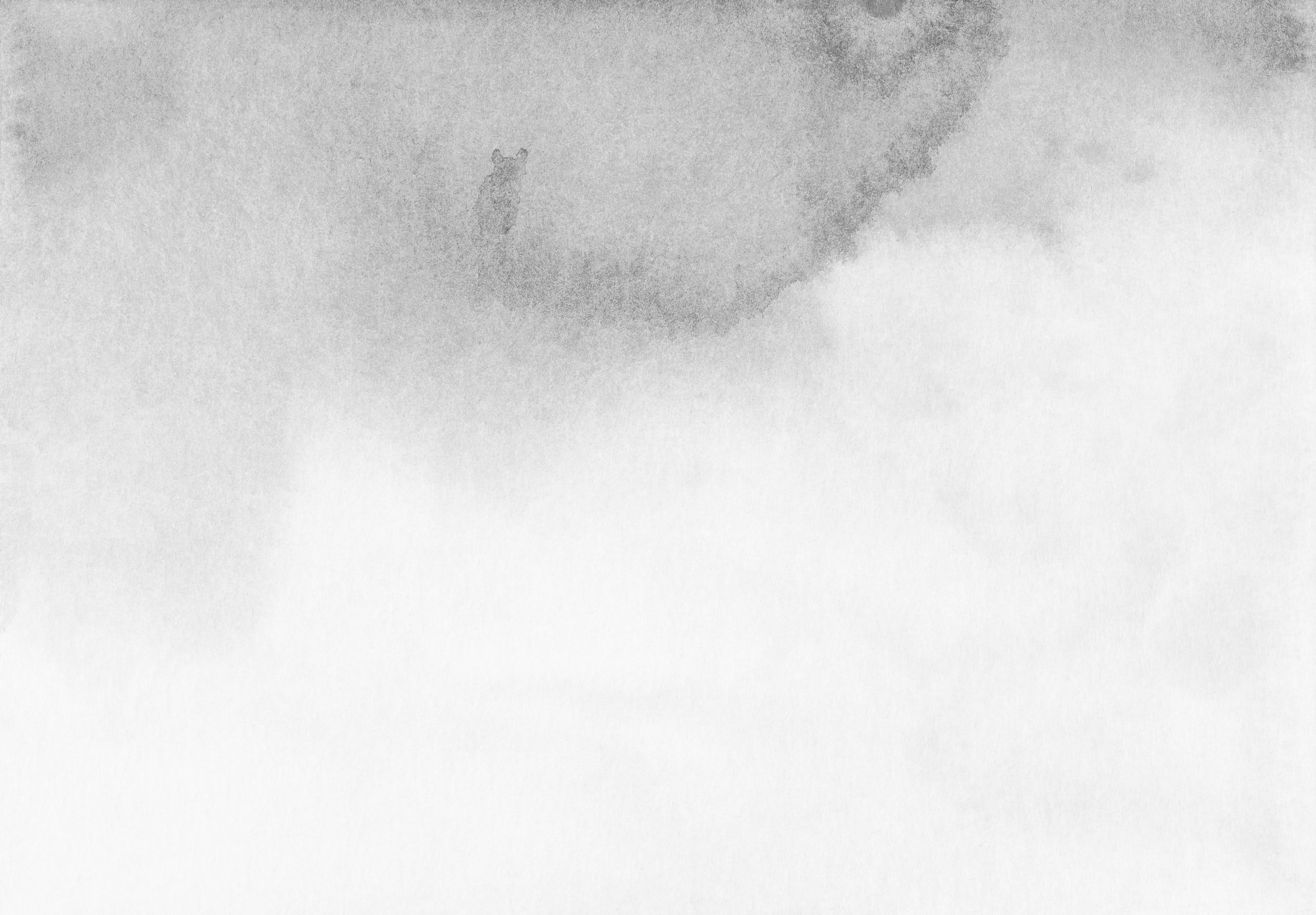
Science + Design Channel
Part Science. Part Design.
A microlearning platform featuring short educational videos on Science + Design.
Welcome to "Science + Design", the premier microlearning channel covering Science + Design!
Whether you're an architect, designer, or someone interested in the built environment, this channel is for you. From the impact of neuroscience on architecture, to designing for health and well-being, these episodes cover a wide range of topics that showcase science-infused design.
Each episode, host Scientist-Designer Meredith Banasiak, shares insightful perspectives on how science can inform design. With her unique expertise and passion for both fields, she offers a fresh and exciting journey of discovery, uncovering the latest research and trends which are transforming the future of design — with science.
Join us on this thrilling journey and explore the incredible potential of bringing science to design!
I am so grateful for your support! If you enjoy Science + Design, please subscribe and share. -Meredith


